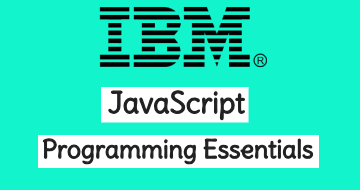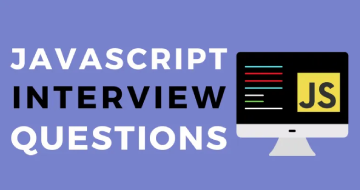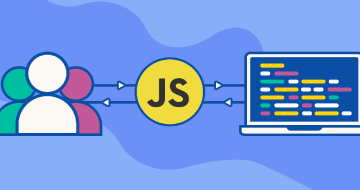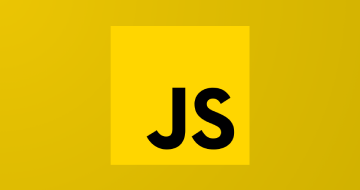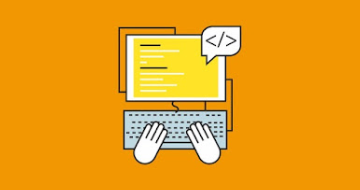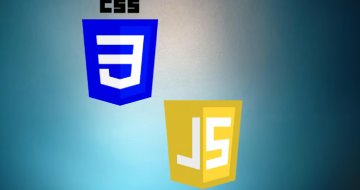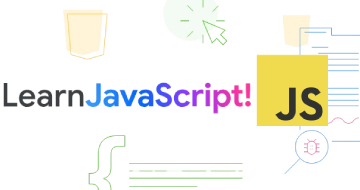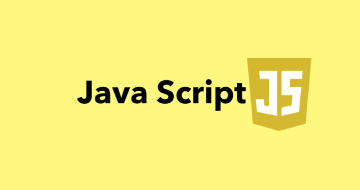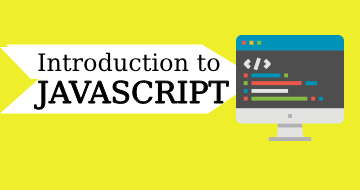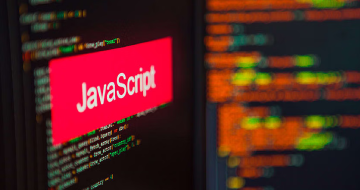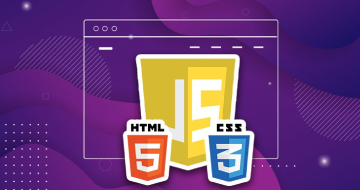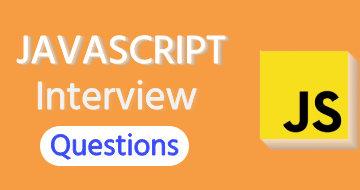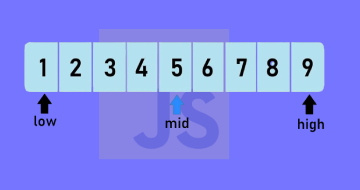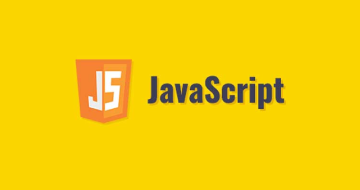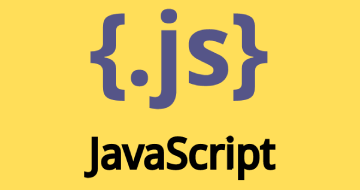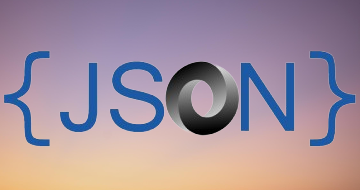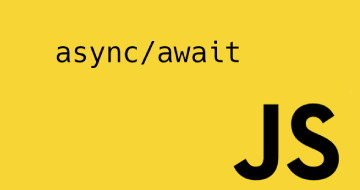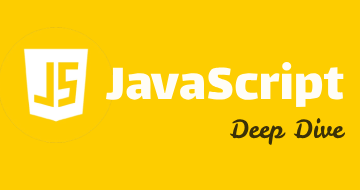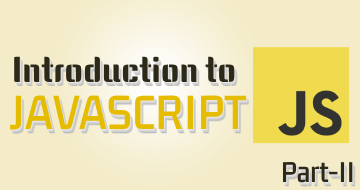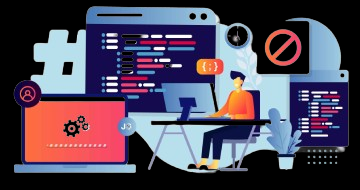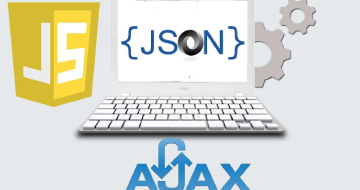IIRF Online > Development > Web Development > JavaScript > The Complete Full-Stack JavaScript Course
The Complete Full-Stack JavaScript Course by Udemy
Learn full-stack web development using JavaScript (ReactJS, NodeJS, LoopbackJS, Redux and Material-UI)!
Course Highlights
- Full-stack JavaScript
- ReactJS
- NodeJS
- Rest API with LoopbackJS
- Redux
- Material-UI
- Socket Programming
Skills you will learn!
Overview
What will this course teach me?
Front-End Programming:
- Learn the principles of JavaScript, CSS, and HTML.
- Develop your ability to design interactive, responsive user interfaces.
- Examine contemporary front-end frameworks and libraries, such as React.
- Explore Node.js server-side programming.
- Learn the fundamentals of MongoDB database management.
- Construct scalable and reliable back-end apps.
Why should I enroll in this course?
All-inclusive Learning Path:
- Cover every aspect of front-end to back-end Full-Stack development.
- Get practical experience by working on real-world projects and examples.
- Learn abilities that are in great demand in the tech sector.
- Gain a strong foundation in Full-Stack JavaScript development to increase your employability.
Curriculum
4 Topics
Welcome to the Course!
Environment Setup
Anatomy of a React project
Section 1 Quiz
7 Topics
Writing a React component
React life-cycle
The React state
Understanding component props and re-rendering
Importing CSS into React components
Coding a calculator part 1
Coding a calculator part 2
11 Topics
React website setup
Component children
React routing
Route parameters and HTML slicing part 1
Route parameters and HTML slicing part 2
Services and portfolio pages part 1
Services and portfolio pages part 2
Working with forms in React part 1
Working with forms in React part 2
Using Formik
Yup form validation schemas
23 Topics
Setup of REST API using LoopbackJS
Creating models
Model observers
Model relations
ESLINT
Subclassing access tokens
Persisting data using MongoDB
Creating data
Updating data
Finding model instances part 1
Finding model instances part 2
Deleting model instances
Creating post collection
Roles and rolemapping
Applying access control to our post model
Adding an editor role
Creating a category model
File storage and collection part 1
File storage and collection part 2
Custom remote methods and file uploads part 1
Custom remote methods and file uploads part 2
Creating login route
Adding a login form
33 Topics
Wrapping components
Dispatching actions
Creating a store and reducer
Integrating remote API calls
Applying middleware
Material-UI intro
Drawer and CSS
Drawer collapsing and animations
Icons lists and links
Main content class
Persisting reducers using localStorage
Basic tables
Fetching posts and users from our API
Fab buttons
Setting up Redux Material-UI and Formik for our add post page
Material-UI forms with Formik
Flex display and connecting our post form to our database via Redux part 1
Flex display and connecting our post form to our database via Redux part 2
Editing existing posts
Uploading post images part 1
Uploading post images part 2
Integrating Quill as a content editor
Loading posts on the front-end part 1
Loading posts on the front-end part 2
Loading more posts on demand
Single post page
Registering new accounts
Posting comments and adding relations and ACLs to our API part 1
Posting comments and adding relations and ACLs to our API part 2
Deploying React apps with NGINX
Deploying our API using PM2 and NGINX part 1
Deploying our API using PM2 and NGINX part 2
Deploying our API using PM2 and NGINX part 3
19 Topics
Creating a chat app
Creating our chat store
WebSocket connections
Sending socket messages
Creating signup and login forms
Writing account based logic part 1
Writing account based logic part 2
Using auth tokens
Styling the messenger
Tracking logged in users
Search functionality
Creating new threads and sending to relevant clients
Connecting on page load if already logged in
Get threads on page load
Disconnecting socket sessions
Adding messages and sending to relevant clients
Rendering messages client-side
Rendering messages with user information
Ejecting a React application
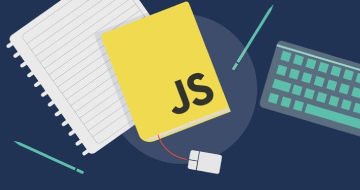
The Complete Full-Stack JavaScript Course
Related JavaScript Courses
Frequently Asked Questions
Simple software installations are required for this course, which makes use of popular development tools like Visual Studio Code. At the outset, you will find comprehensive instructions.
Indeed, the course provides its participants with a dedicated forum as well as question-and-answer sessions, creating a welcoming environment for answering questions and exploring ideas.
Nope! This course will show you the ropes of Full-Stack JavaScript development in a way that even a complete newbie can understand.
Ensuring a well-rounded skill set at completion, the course follows a structured curriculum with hands-on projects. It covers front-end design, back-end development, and integration.
Because it is a self-paced course, you can go through it on your own time. Most people finish it in a few weeks but feel free to take as much time as you need.
